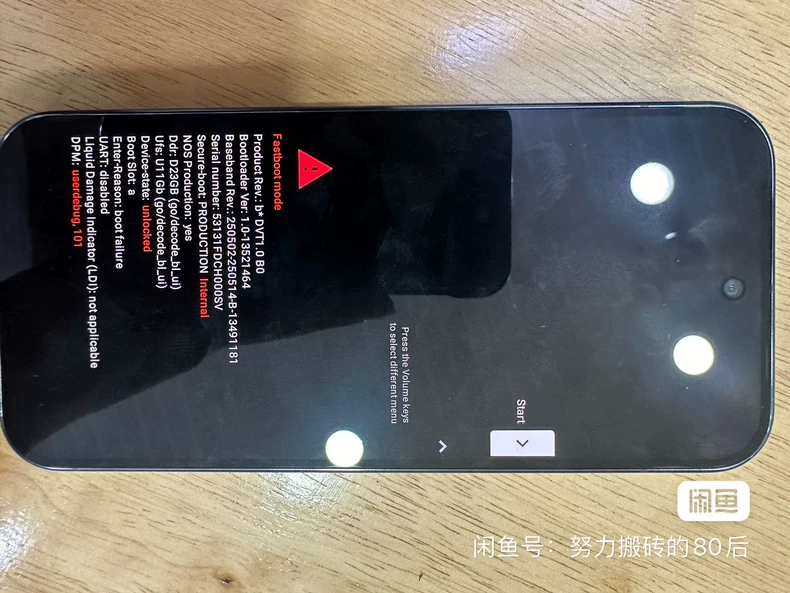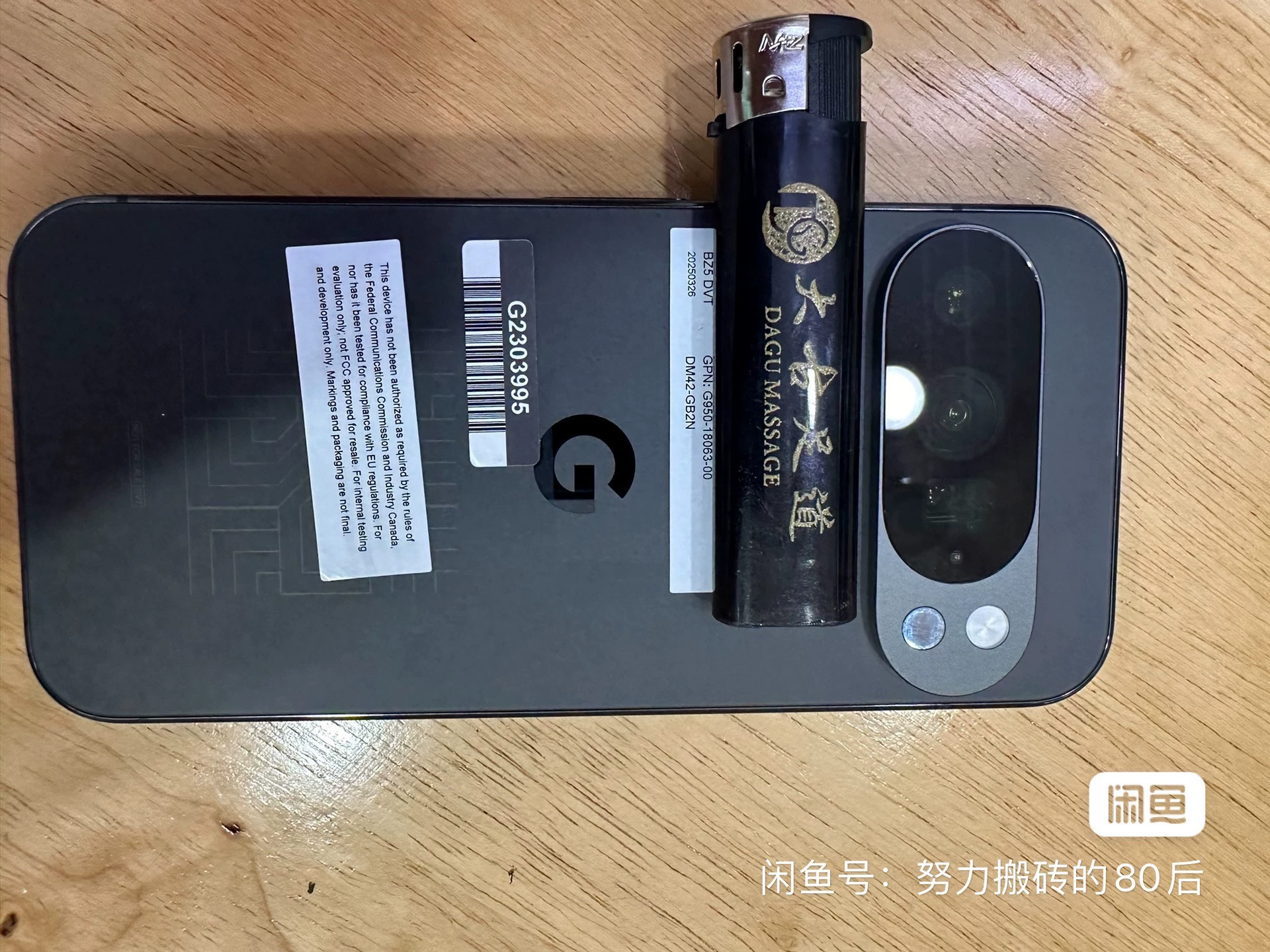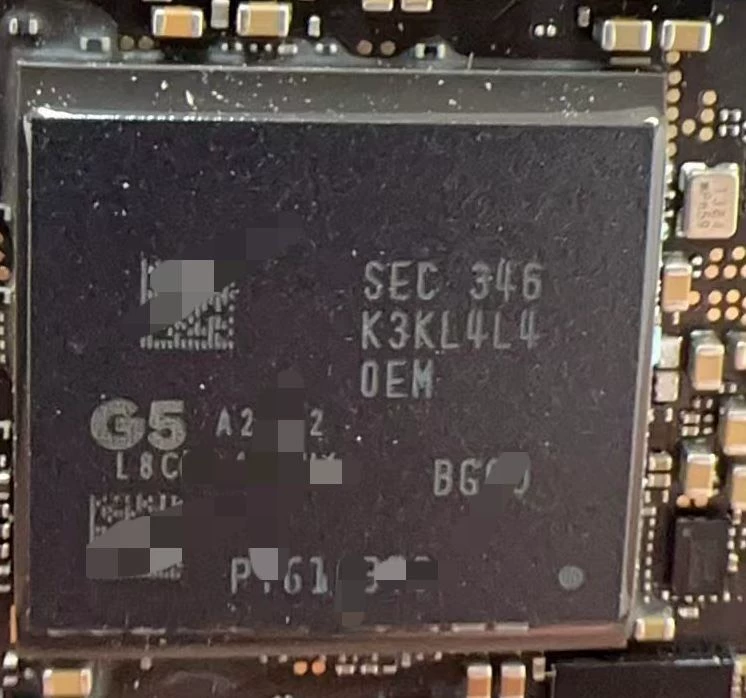There’s a
Pixel 10 camera rumor that has me really keen to try the new phone out when it’s released. It will apparently feature
a dual-stage macro system, using both the wide-angle and telephoto cameras to get up close to your subject.
If, like me, you’ve often struggled to get the best macro shots with a smartphone, this may be the feature that could cure our woes.
Macro on the Pixel 9 Pro
You can take macro shots already, but they need patience
If you own the
Pixel 9 Pro, you’ll be familiar with the camera’s macro mode. It engages as soon as you get about three or four centimeters away from your subject, and there’s a visible and obvious switch between lenses when it happens. This is because the Pixel 9 Pro uses its wide-angle camera for macro shots.
Google shows some stunning examples of what the macro camera is capable of on
its promotional website, but these are the work of professionals, and getting even close to similar results personally is extremely hard.
There are big challenges around light and reflection. Light causes problems as the wide-angle struggles to pull much in when it’s so near, and the closer you get, the more light becomes crucial to snapping a great macro shot.
The closer you get, the more shadows play a part in your photography, too, and they can be tricky to avoid if conditions aren’t exactly right. If you’re shooting anything with a reflective surface, the camera will be right there in the image, staring back at you.
If you’re taking photos of living things, they tend to move around a lot, especially when there’s a phone a few centimeters away from their faces. But to activate macro mode and get those cool shots of insects, you’ve
got to be that close.
It’s a Catch-22 situation, and all these challenges make macro photography with a phone difficult to get right. The more you practice, the better, but when it’s frustratingly hard to get a single good photo, the motivation to keep going is quickly diminished.
How the Pixel 10 may improve macro photography
Two macros are better than one
A photo taken with the Google Pixel 9 Pro's macro mode
How is the Pixel 10 series going to differ? It may use
both the wide-angle and the telephoto cameras for macro photography. Instead of only focusing at around three or four centimeters distance, the telephoto camera could capture macro images from 10 centimeters, while the wide-angle will take over at about two centimeters. Using two lenses should help gather more light, too.
A photo taken with the Google Pixel 9 Pro's macro mode
A greater possible focal distance and more light intake should increase the versatility of the Pixel 10’s macro mode a great deal, and in turn make it easier to get good shots regardless of your subject.
I also hope the use of two lenses will avoid the awkward, sudden switch between lenses when you’re trying to take a photo of a small object, such as a bee on a flower, against a busy background.
The Pixel 9 Pro often gets confused and rapidly auto-switches back and forth between the main and macro cameras, just as you’re about to capture the ideal shot. By the time the camera has sorted itself out, the bee has usually moved on.
A photo taken with the Google Pixel 9 Pro's macro mode
By helping you actually get the macro shot you want, you’ll then be able to make better use of Google’s clever Zoom Enhance AI feature to polish it further.
By using AI to fill in gaps, sharpen the image, and pinpoint detail, Zoom Enhance is already a fun Google Photos feature, but it really shines in macro photography.
The photo of the watch movement here has been cropped from the original, and Zoom Enhance has been used to sharpen the end result. It keeps most of the detail in the machining and gears intact, and minimizes the reflection from the glass, too.
Macro could be the next big phone camera trend
Move over telephoto cameras, there’s a new mode in town
Source: Mystic Leaks on Telegram (right)
Telephoto cameras have had a lot of attention from mobile photographers and phone makers over the past few years, and it’s now common to see a decent telephoto on phones at all prices.
Macro may be the next frontier, as companies work on new ways to make the camera stand out again. For example, Samsung recently made sure everyone knew the new 50-megapixel wide-angle camera on the Galaxy S25 Ultra could also shoot improved macro photos. The iPhone 16 Pro and Pro Max also have accomplished macro modes using the wide-angle camera.
Macro photography also benefits from AI enhancement, which will make it attractive to brands wanting to advertise their AI expertise. We’ve already seen how Samsung and Google have utilized AI to improve digital and hybrid zoom photos, so doing the same for macro shots makes sense.
There’s definite room for improvement in macro photography using a smartphone, and by using two lenses instead of one, Google may find itself one step ahead of the competition with the Pixel 10 series.
However, keen though I am for improved macro on the next Pixel, it’s not certain to happen. The dual-camera system is still only a rumor at the moment, much like the rest of the Pixel 10’s specifications.
There’s also a question mark over which Pixel 10 series phones will get a special macro mode, should the rumors of its arrival be accurate. If Google does add a telephoto camera to the standard Pixel 10, it may use the dual-camera macro mode to make the Pixel 10 Pro’s camera a more tempting upgrade.
Google is expected to announce the Pixel 10 series in the coming months, and while the rest of the phone’s spec sheet doesn’t seem to hold many surprises, the prospect of an improved macro mode will keep me excited about the camera.




